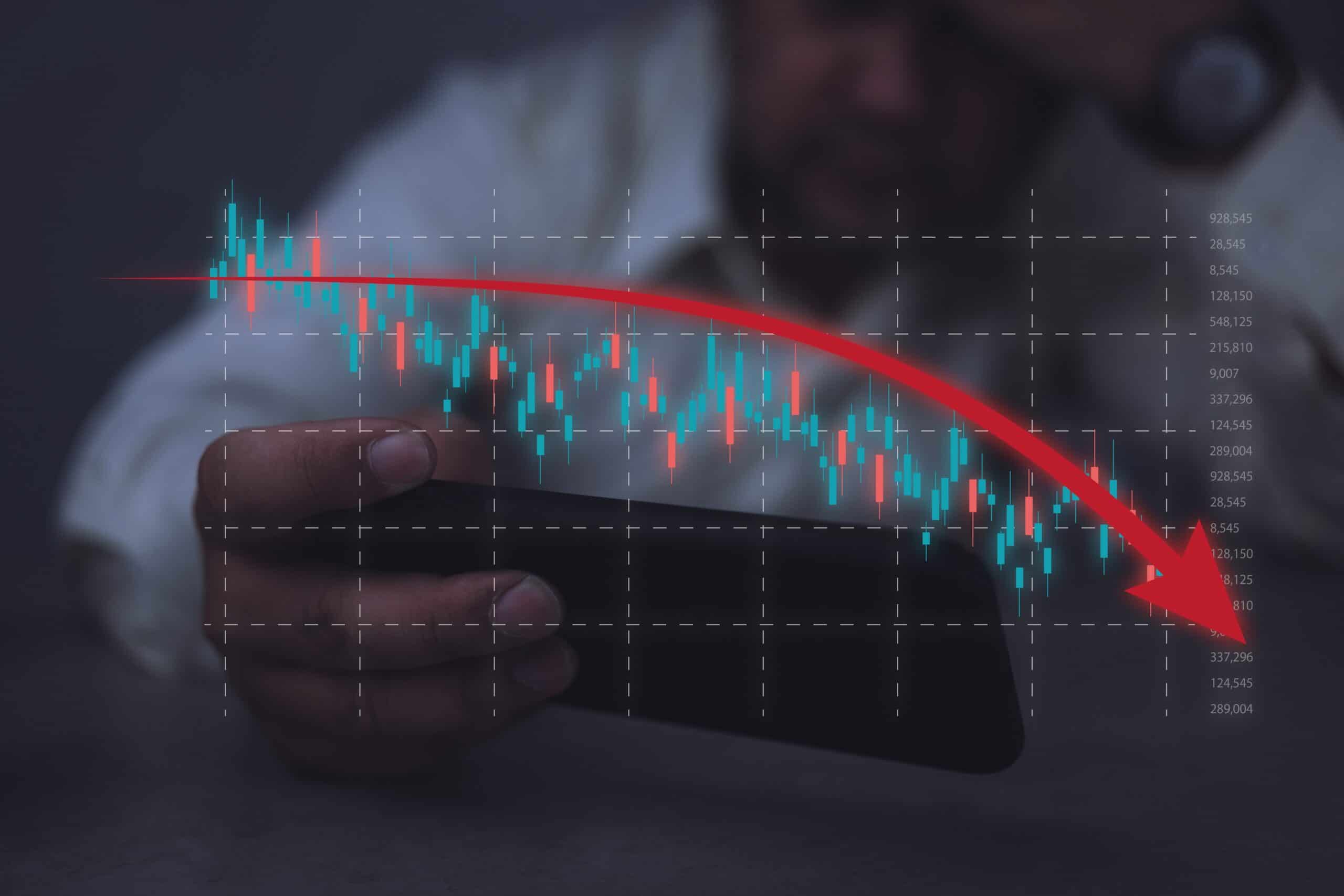Investing
These 3 Companies Are the Solar Power Leaders, But Should You Invest in Them?

Published:

There is little doubt that renewable energy is the future, and the electric power production industry is already shifting in that direction. According to the U.S. Energy Information Agency, renewables have seen incredible gains in America over the past four years. From 2020 to 2023, solar consumption grew from 511 trillion Btu to 878 Btu, which is good for a nearly 72% increase.
And while fossil fuels still account for 60% of all electricity generation by source, renewables are up to 21.4% of the total (nuclear makes up the remaining 18.6%). But as the push for clean energy persists, the stocks of companies operating in that space often lag. So, let’s examine three major industry leaders to see if investors should be considering their shares.

Based in Tempe, Arz., First Solar Inc. (NASDAQ: FSLR) has amassed an impressive $21.98 billion market cap and is considered by many to be the solar industry leader. The company manufactures solar panels, but also provides utility-scale photovoltaic power plants while also provides support services like financing, construction, maintenance and end-of-life panel recycling programs.

Since going public on Nov. 17, 2006, shares of First Solar are up around 730%, with a gain of 222% over the past five years and a gain of 19.28% so far in 2024, which is about five percentage points better than the S&P 500’s year-to-date performance. However, since hitting its five-year high of $276.74 on May 24, 2024, the stock is down over 25%.

In the second quarter of 2024, First Solar beat earnings forecasts for the fifth consecutive quarter by posting earnings per share (EPS) of $3.25 versus analysts’ expectations of $2.70. The company also beat on revenue by reporting $1.01 billion versus analysts’ expectations of $939.71 million.
But a dive into the company’s income statements shows it is still a slow grind. First Solar posted annual revenue of $3.32 billion last year and is showing $3.76 billion on a trailing 12-month (TTM) basis. And while both figures are up from 2022’s revenue of $2.62 billion, it demonstrates muddled growth as the company had been unable to match or surpass 2019’s revenue of $3.06 billion for four years. More concerning is First Solar’s negative free cash flow, which was -$784.51 million in 2023 and stands at -$224.46 million TTM.

Analysts at the Wall Street Journal give First Solar’s stock a median, one-year price target of $286. Shares are currently trading for $205.36, meaning, the stock is expected to have strong upside potential of 39.26% over the next 12 months.

Second up is Enphase Energy Inc. (NASDAQ: ENPH), a Fremont, Calif.-based clean energy technology company with a $13.95 billion market cap that specializes in the development and manufacturing of solar micro-inverters and battery storage systems.

Since going public in March 2012, Enphase Energy has seen its stock rise an eye-catching 1,295%, 363.80% of which has come over the past five years. However, so far this year, shares of ENPH are down -22% and the stock has fallen -69.50% since hitting its all-time high of $336 per share on Dec. 2, 2022.

Since beating earnings forecasts during the third quarter of 2023, Enphase Energy has missed for the past three consecutive quarters, posting a disappointing EPS of 43 cents in the second quarter of 2024 versus analysts’ expectations of 49 cents. It is a similar tale for revenue, which the company has missed on five quarters in a row, most recently posting $303.46 million versus analysts’ expectations of $309.73 million in Q2 2024.
Turning to the Enphase Energy’s income statements fails to inspire, either. Annual total revenue fell from $2.33 billion in 2022 to $2.29 billion in 2023 and stands at $1.87 TTM, good for a -19.74% drop-off. And while the company’s free cash flow is positive, it too has fallen from $698.37 million in 2022 to $586.38 million in 2023, with a current TTM of $480.05 million, which equates to -31.26 decrease.

Shares of ENPH are currently trading around $112, but one-year price targets are incredibly spread out. The Wall Street Journal‘s analysts give a median price target of $130, but a high-end target of $170 and a low-end target of just $45.82.

Sunrun Inc. (NASDAQ: RUN) has the smallest market cap of all three companies, with just $3.8 billion. The San Francisco-based company provides photovoltaic systems and battery energy storage solutions primarily for a residential customer base.

Since going public on Aug. 5, 2015, shares of RUN have gained 67.55%. However, since hitting its all-time high of $96.50 on Jan. 8, 2021, the stock has fallen -82.37%. Despite climbing back 24.02% over the past year, shares slipped in 2024 and are down -12.56% year to date.

Sunrun shocked Wall Street in the second quarter of 2024 by posting an EPS of 55 cents versus analysts’ expectations of -33 cents in earnings. That was the first quarter since Q2 2023 that the company posted a positive EPS. The company also beat on revenue in the second quarter of this year, which was the first time that happened in six quarters. Looking at Sunrun’s income statements, annual total revenue has fallen over the past two years but remained relatively stable, dropping from $2.32 billion in 2022 to 2.26 billion in 2023 and posting TTM total revenue of $2.06 billion. However, the company is still operating on negative free cash flow, which was -$867 million in 2022, -$841.70 million in 2023 and is $-352.38 million.

Currently trading at $18.17, Wall Street Journal analysts give shares of RUN a median, one-year price target of $20, but a high-end target of $38 and a low-end target of just $7.78.
If you’re one of the over 4 Million Americans set to retire this year, you may want to pay attention.
Finding a financial advisor who puts your interest first can be the difference between a rich retirement and barely getting by, and today it’s easier than ever. SmartAsset’s free tool matches you with up to three fiduciary financial advisors that serve your area in minutes. Each advisor has been carefully vetted, and must act in your best interests. Start your search now.
Don’t waste another minute; get started right here and help your retirement dreams become a retirement reality.
Thank you for reading! Have some feedback for us?
Contact the 24/7 Wall St. editorial team.